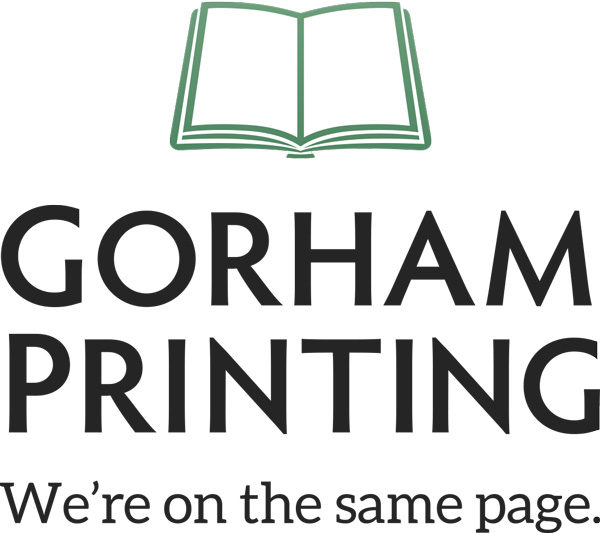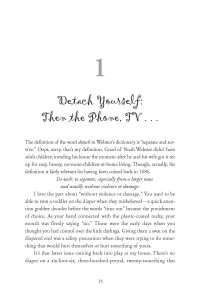As some of you will recognize, the numbers (5, 6, 7, 8) are usually expressed by a choreographer before a dance sequence starts. What does dancing have to do with editing? Quite a bit actually, both are about practicing, doing something over and over until it becomes almost second nature. Editing your manuscript is like doing a difficult routine of movement. You want to catch the passive voice or the grammar glitches. The more you understand, practice or do the more easily these revisions and re-edits flow.
Authors with the most success, the larger followings, have their books professionally edited before the text goes into design. (Making edits after design can be expensive whether you self publish or are working with a traditional publisher.) Professional editors vary in price and you’ll want to be sure you’re compatible – the editor knows your style or genre of writing. Typically sending them a few sample pages to critique will be enough to know if this is a person you can work with. However, the cleaner you make your manuscript, the less time and money it will take to give it that professional edge.

Whether it’s shuffle, ball change, the electric slide or a two-step, every dance has certain movements, certain beats. So should your manuscript. Edit with the idea of looking for the rhythm in your words. Take each sentence and see if it flows or feels clunky. You can have a very emotional scene and trip your reader flat on their face by grammar.
“The children cowered in the dark corner, memories of they’re grandmother’s death …”
Ouch, the stubbed toe will break the connection for your reader. Too many of these in a book and the reader will put it down and walk away. Practice editing, until these jump out at you. Or at least as many as possible before having a professional editor take over.
Decide on what level of editing you want. Here are the levels listed on Gorham Printing‘s page about editing:
1. Copy Editing
Copy Editing (also called proofreading) is the simplest level of editing. A copy editor will check for punctuation, grammar, sentence structure, spelling, and typographical errors, addressing the flaws at the sentence level, while also ensuring that the writing itself coincides with industry standards. Copy edits are often formatted as suggestions, allowing you to pick and choose your changes.
2. Developmental Editing
Developmental Editing will hone the storytelling aspect of your work. Both fiction and nonfiction works require a narrative structure that encourages the reader to continue reading. For story driven projects, your editor will provide feedback on plot, character, theme and symbolism. Nonfiction books may need work with chapter or section organization and clarity.
3. Line Editing
Line Editing, while similar to Developmental Editing, is more focused on editing content at a paragraph level. An editor providing this service will help you develop your voice by focusing on the creative content within your writing. This process will explore word choice, paragraph structure, flow of narrative, language style, and readability.
4. Research Editing
Research Editing can be especially helpful for nonfiction and historical fiction works. The Research Editor will check for inaccuracies or inconsistencies in your writing, ensuring that your content is backed by credible sources. The editor can also provide citation verification and check for proper citation structure and plagiarism.
If you want to be noticed at the dance, or in this case stand out on the book shelf, practice or edit your work until it flows naturally. You can do it! One book I recommend on grammar and editing is The Frugal Editor by Carolyn Howard-Johnson, a great book to have in your collection.
Need an editor for a project? Check out our list of editors and illustrators that have been highly recommended by our customers over the years.




